Introduction
The main aim of power amplifiers is to transform a signal of a weak strength to a signal of strong strength and direct it into a load at significantly higher power. During this process, slight distortion to the power normally occurs. As such, power amplifiers convert an input dc source to the power signal. However, the process has to be as efficient as possible to avoid any power losses. This is because lost power is converted to heat energy that is dissipated in the circuit elements. As a result, conversions that are highly inefficient result in a greater power loss and high unnecessary power supply (S).
To cope with these problems, equipment must contain expensive heat sinks and semiconductors to ensure that they operate effectively and efficiently. Due to this fact, large segments of nonlinear device characteristics have to be considered to ensure that efficiency is increased. This minimizes the rate of distortion. In addition, careful selection of circuits and bias value plays a significant role in the reduction of circuit distortion. The application of linear negative feedback elements also reduces distraction observed at the output that is caused by non-linearity contained in the forward path of the feedback loop.
Aim
- To incorporate bipolar transistors in a variety of push-pull circuits to determine the functioning of class A, class A-B and class B power amplifiers.
- To determine the signal transfer characteristics and identify the impacts of signal distortion.
Theory


Basic Common Collector Push-Pull Collector Operating Paths for Amplifiers Classes
Circuit Board Layout
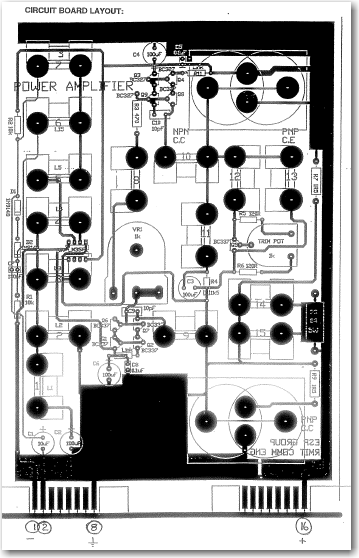
Preliminary
Xxxxxxxxxxxxxxxx
Procedure
Laboratory Circuit Model
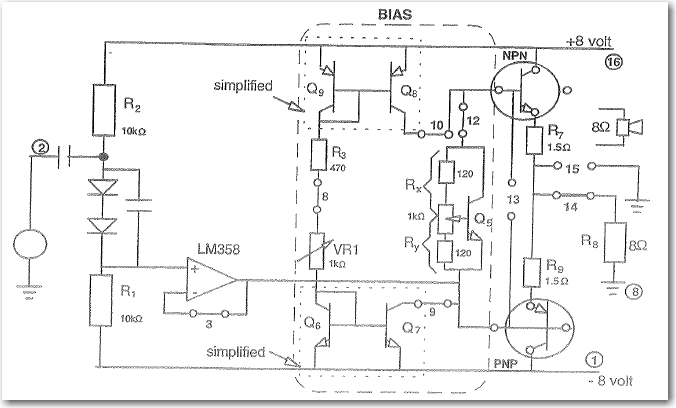
- Section 4.2
- Section 4.6
- Section 4.7
Class A Amplifiers
The diagram below shows the basic operation of a class A amplifier. From the diagram, the output is 180∞ out of phase. On the other hand, the input is inverted.

It has to be noted that class A amplifiers are more powerful and less efficient as compared to class B and AB amplifiers. Furthermore, they do not have any distortion.
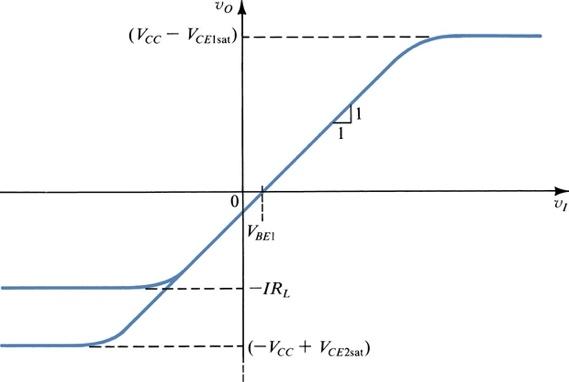
Class B Amplifiers
The diagram below shows the basic operation of a class B amplifier
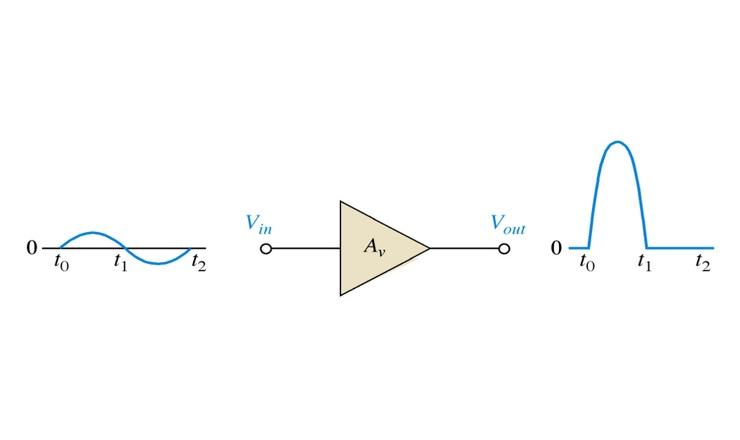
Unlike class A amplifiers, class B amplifiers exhibit crossover distortion characteristics. This arises as a result of the dead band from the input voltages that leads to poor audio amplification. At higher levels of input, the distortion is limited. However, the distortions are more pronounced at low levels of input. The graph below shows the transfer characteristics of a class B amplifier.
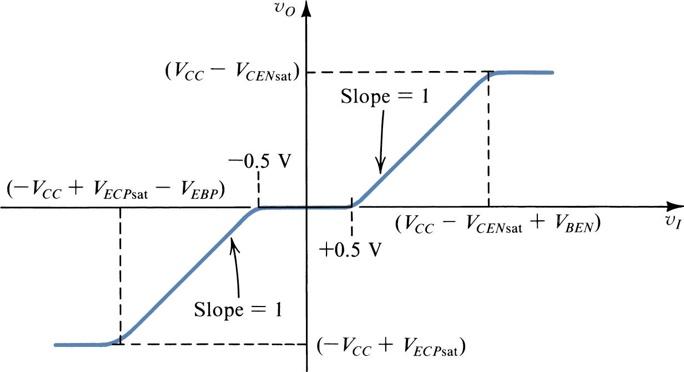
The graph below shows cross over distortion.

Class AB Amplifiers
Class AB amplifiers are relatively similar to class B amplifiers. This is because they have two transistors. However, the difference in these two amplifiers arises due to the small idle current that flows from the positive to the negative source in class AB transistors. This phenomenon is operational whether the amplifier is functioning or not. The current idle results in increased power consumption. However, this increment cannot be compared to the power consumption that is exhibited by class A amplifiers. In addition, the idle current rectifies the non-linearity that arises from crossover distortion. These amplifiers are referred to as class-AB amplifiers because they behave like class A amplifiers on large input signals and like class B amplifiers on low input signals.
Report
- Section 5.1
- Section 5.2
- Section 5.3
The difference between theoretical and observed maximum power output was as a result of internal resistance and losses within the apparatus. The 8Ω resistor also plays a significant role in the observed difference.
Maximum Undistorted Power Output
- Vo = 7.6V
- Vrms = Vo/√2 => 5.37V
- P = (Vrms) 2/R = (5.37) 2/8 = 3.6W
Conclusion
This experiment was helpful in the determination of bipolar transistor characteristics in push-pull circuits. We were able to use class A, class AB and Class B amplifiers in various push-pull circuit configurations and determine their different characteristics and applications. We were also able to observe the distortion effects of different types of amplifiers at various levels of inputs. Finally, I would like to take this opportunity and acknowledge Mr Chen for his support in the course of this lab experiment.